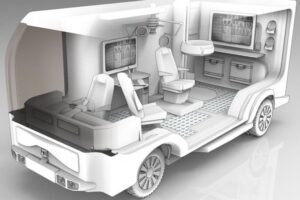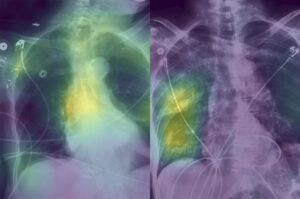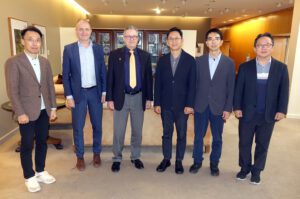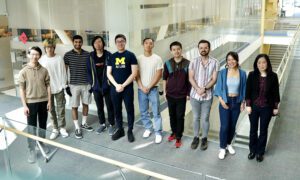General practitioners with AI help could make diagnoses, run and interpret tests, and perform procedures like specialists.


General practitioners with AI help could make diagnoses, run and interpret tests, and perform procedures like specialists.
AI growth is capped by data transfer rates between computing chips, but transferring data with light could remove the ceiling.
The post Boosting AI model size and training speed with lightwave-connected chips appeared first on Michigan Engineering News.

Regulators pinned their hopes on clinicians being able to spot flaws in explanations of an AI model’s logic, but a study suggests this isn’t a safe approach.

A delegation from LG AI Research visited campus to review LG-funded projects in process and discuss future collaborations.
The latest DoD funding announcements bolster Michigan Engineering’s efforts to support revitalization of the U.S. semiconductor sector.

The award recognizes the outstanding contributions of a young scientist in the field of theoretical computer science.
While hunger for an artificial intelligence that can think like a human remains unsated, AI continues to appear in our lives in smaller ways.
The post Focused ambitions appeared first on Michigan Engineering News.

The challenge is a means of pushing forward with their research into development of next-generation embodied AI agents.

Thatchaphol Saranurak and collaborators were recognized at SODA ’23 for their work that broke an approximation barrier in dynamic graph matching.

The Michigan AI Lab is focused on building a community of diverse viewpoints in an effort to reduce the bias we see in the exploding world of artificial intelligence.